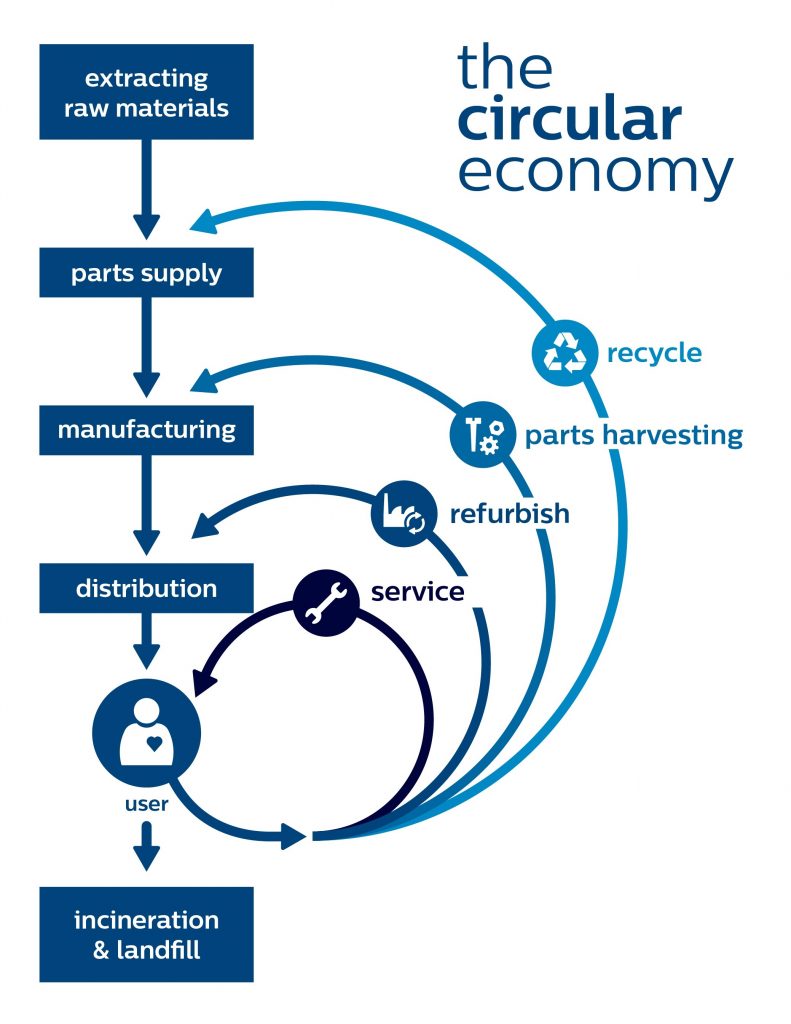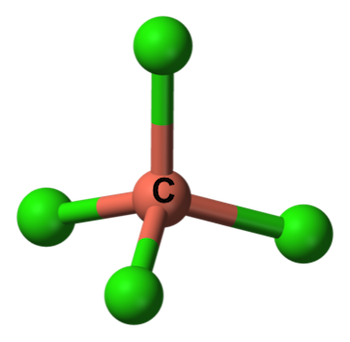 It’s no surprise that plastic pollution is one of the biggest areas of public concern in the world. Plastic flows to the ocean are expected to increase from 11 million metric tons to 29 million metric tons by 2040, negatively affecting more than 800 marine species. Beyond this, plastic pollution equates to $80-$120 billion in lost economic value. The current linear model, Take-Make-Waste, which does not capture plastic for reuse and recycling, is unsustainable. The Mechanical Recycling model (i.e. grinding, washing, separating, drying, re-granulating and compounding) was a step in the right direction but proved to be inefficient for our traditional plastic products. Chemical Recycling, a fast-emerging technology, converts polymeric waste by changing its chemical structure to produce substances that are used as raw materials for the manufacturing of new products.
It’s no surprise that plastic pollution is one of the biggest areas of public concern in the world. Plastic flows to the ocean are expected to increase from 11 million metric tons to 29 million metric tons by 2040, negatively affecting more than 800 marine species. Beyond this, plastic pollution equates to $80-$120 billion in lost economic value. The current linear model, Take-Make-Waste, which does not capture plastic for reuse and recycling, is unsustainable. The Mechanical Recycling model (i.e. grinding, washing, separating, drying, re-granulating and compounding) was a step in the right direction but proved to be inefficient for our traditional plastic products. Chemical Recycling, a fast-emerging technology, converts polymeric waste by changing its chemical structure to produce substances that are used as raw materials for the manufacturing of new products.
Fortunately, some of America’s largest manufacturers are starting to make progress on addressing plastics’ pollution. For example, ExxonMobil has committed to the circular economy and plans to build its first large-scale recycling facility in Baytown, Texas. The new facility comes after a trial period where they successfully recycled more than 1,000 metric tons of plastic waste at an existing, smaller facility. The facility is expected to start operations by the end of 2022 and will be among the largest in North America. It will have the capacity to recycle 30,000 metric tons of plastic waste per year. This will be the first of several large-scale recycling facilities built globally by ExxonMobil over the next five years. The company is targeting a capacity of 500,000 metric tons of recycled waste globally in France, the Netherlands, the U.S. Gulf Coast, and Singapore. This is just one organization’s example of how to address this worldwide issue. In addition, INEOS has committed to the circular economy by using and producing recycled and reusable materials to the “maximum extent possible.” LyondellBassel has one of the most ambitious goals in the industry. They have committed to producing and marketing two million tons of recycled and renewable-based polymers annually by 2030. This is to name but a few of the many chemical manufacturers that are addressing this global pollution issue. Most recently, Honeywell recently issued a press release stating "the commercialization of a revolutionary process that expands the types of plastics that can be recycled and can produce feedstock used to make recycled plastics with a lower carbon footprint. The new technology can reduce the need for fossil fuels in the creation of virgin plastics while enabling hundreds of cycles of recycling, with the goal of enabling a circular economy for plastics." This new technology has the potential to increase the amount of global plastic waste that can be recycled to 90%.
On the Chemical Recycling side, Dow and Haldor Topsoe, for example, have partnered to get involved within the circular economy. The new partnership will convert waste plastics into more circular plastic, preventing them from being used one time and filling our landfills. The plan includes the use of Haldor Topsoe’s Purestep technology to purify the oil feedstock from waste plastics to use in circular products. Meanwhile, Dow’s development unit will advance the technology for large-scale purification of feedstocks to meet increasing demand.
There have also been significant strides in research in the circular economy. Scientists of Edinburgh’s Department of Biological Sciences are developing a one-pot process that uses genetically engineered bacteria to convert terephthalic acid into vanillin. The scientists claim this is the first example of using a biological system to upcycle plastic waste into a valuable industrial chemical. This breakthrough has attracted a great deal of attention as the team is seeking further investment from the industry in the form of grants to further their studies.
 A new process is under development to deconstruct polyolefins for new use as post-consumer plastic waste. The process involves selectively breaking carbon bonds within the polymer chains of polyethylene and polypropylene. This breakdown could allow the use of waste plastics to make biodegradable surfactant materials.
A new process is under development to deconstruct polyolefins for new use as post-consumer plastic waste. The process involves selectively breaking carbon bonds within the polymer chains of polyethylene and polypropylene. This breakdown could allow the use of waste plastics to make biodegradable surfactant materials.
So why are we bringing up this topic and how does this affect the capital projects industry? Well, obviously, there will be many project opportunities in the near future to “build-out” this circular economy. These projects will implement new technology, scale-up from bench test to full-scale production, testing new conveying technologies, etc. All these issues build complexity around project planning and execution. Proper stakeholder and expectation management will be critical, and effective risk awareness, cost estimate and schedule development and effective project management will be essential to support this growing industry initiative.
This is an outstanding industry initiative, but we need to make sure that we can efficiently and effectively plan and execute these projects to make this overall enterprise cost-effective. A major influence will be the appropriate planning methods used in the capital project execution side of the equation. If these projects run amuck, the industry will be hard-pressed to drive these solutions in a timely manner. The basic principles and deliverables around project planning and execution for these projects are quite similar to any other “New Technology” type project. It will be imperative to align on the expectations of scaled-up projects, business expectations, cost/schedule risks and regulatory requirements. Stay tuned for more information in future issues of Panorama that will address the continuing development of this initiative.
ABOUT THE AUTHOR
 Paul J. DeLaurentis, Jr.
Paul J. DeLaurentis, Jr.
Paul is a Project Control Analyst for Pathfinder, LLC and supports projects within our Management and Consulting Division
pdelaurentis@pathfinderinc.com
856-424-7100

